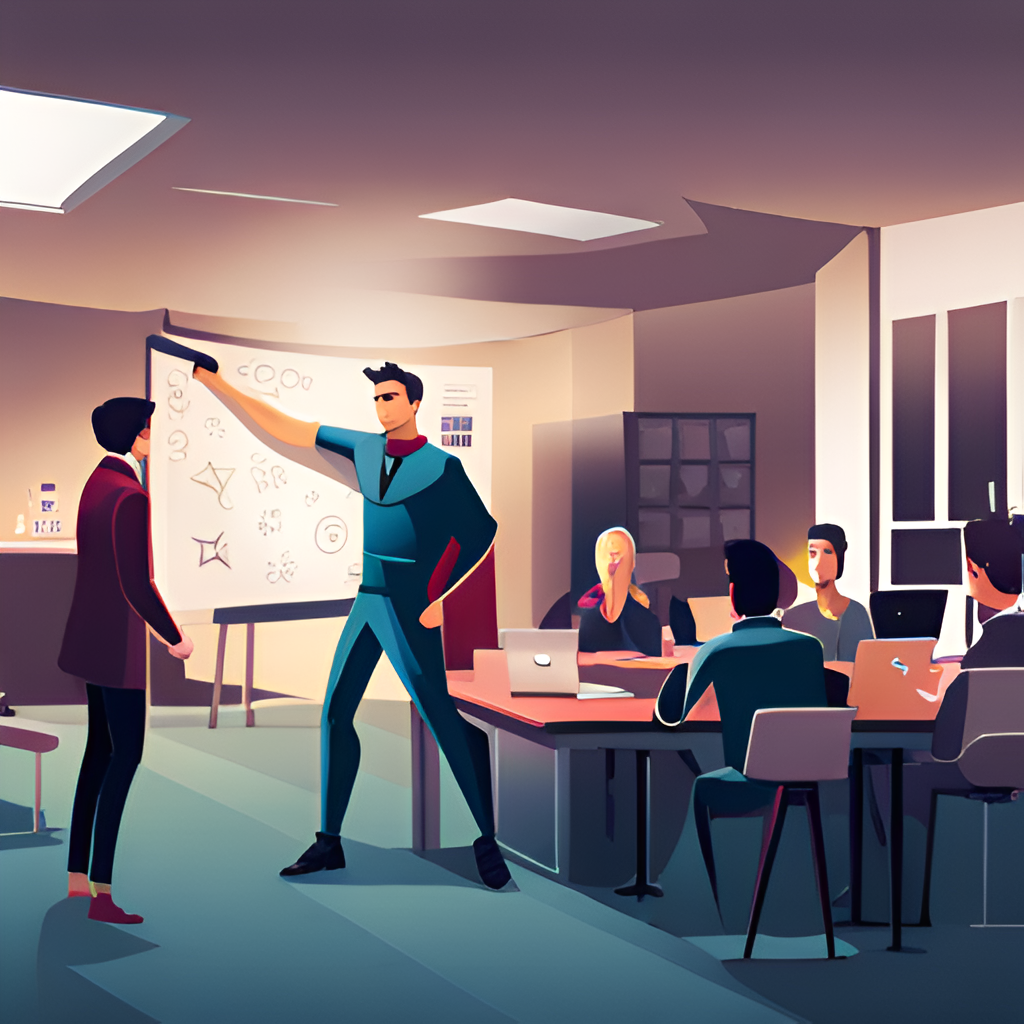Since Part 1 of our AI blog, there has been an exponential acceleration of AI making its way into daily news coverage and our lives. Our fascination with Chat GPT (and the developments brought about by OpenAI and others) has almost certainly fed its way into conversations with friends and colleagues alike on one occasion or another, and this has been no different amongst policy makers around the world.
However, bringing the conversation back to AI’s disruption of the art world, Part 1 of this blog looked at ownership of AI generated art and potential solutions to this problem. In Part 2, we look at AI art and copyright infringement and provide you with our conclusions on the legal challenges in developing AI art.

Is there a risk that AI-generated art could be seen as infringing the works used to train the algorithms?
The algorithms that create AI art are typically “fed” images from a large repository of work – including images, photos, drawings and paintings – and this process helps those algorithms to “learn” how to create. This could potentially be problematic where the works used are still protected by copyright, assuming that the algorithm’s developers have not secured licences (which isn’t usually practical when dealing with thousands, if not millions of works).
In the EU, this issue has been mitigated to some extent by law makers introducing certain exceptions to copyright infringement in connection with the use of copyrighted works to train AI systems in a commercial context, but the owners of such copyrighted works have the option to “opt-out” of their works being used in this way.
In the UK, however, the Government has recently reversed its decision to apply a similar exception which it had planned to introduce. This shows the difficulty of policy makers attempting to strike a balance between protecting intellectual property rights and adapting to disruptive technological advancements. For now in the UK, this policy shift doesn’t help in providing a part solution, and continues to create tensions between creative industries and rights holders.

Can the creations generated by AI algorithms infringe copyright?
We’ve discussed copyright that might protect some of the images inputted into the process used to train AI algorithms. But what about the output generated by these programmes? In particular, can an image created by AI – which has essentially been created on the basis of previously created (and potentially protected) creations – infringe copyright that protects the images on which the AI creation has been based?
Well, if the output is substantially similar to the protectable expression of any particular image used to train the algorithm, resulting in a direct or indirect copy of a substantial part of an earlier copyrighted work, this will amount to an infringement (provided there is no licence in place). However, if the work is not a direct or indirect copy, there will be no infringement.
In this context, AI art programme DALL-E 2 has been specifically trained to recognise and avoid generating duplicate images, even when prompted to do so, which should ensure that an output image will never be identical to any other pre-existing image. It would not be copyright infringement simply because the output image resembles the style of an existing image. After all, copyright does not exist to protect ideas; it protects the expression of ideas.
Of course, the risk still remains that an output image, although not identical, might still be sufficiently similar to another image to constitute infringement, so AI artists should still be cautious in evaluating their AI creations to ensure they are sufficiently transformative and substantially different.

Conclusion
To conclude, it’s worth noting that this article only touches the surface of the issues that can potentially arise in relation to the interconnection of AI and copyright. It’s a new and fast-developing area, which will evolve over time in light of the emergence of new policy decisions, legislation, and court cases.
For the time being, those working in the field of AI art should keep in mind the following to mitigate the risk of disputes arising in relation to ownership and infringement:
- Carefully consider the inputs used to train the relevant AI algorithm. For example, you may want to avoid using copyrighted work, or check whether any necessary licences are in place.
- Evaluate AI creations before releasing them to the public, to ensure that they are substantially different to the original works used to train the AI algorithm, and seek professional legal advice if you are unsure.
- Don’t forget to check any terms of service and licensing arrangements put in place by the platforms that make AI art creation tools available, as these terms may set out the ownership position and any applicable limitations on the use of images created. But again, always seek professional legal advice if in doubt.
This article has been prepared for information purposes only. The content does not constitute legal advice and should not be relied upon. For specific queries, legal advice, or any further information, please contact Founders Law.


